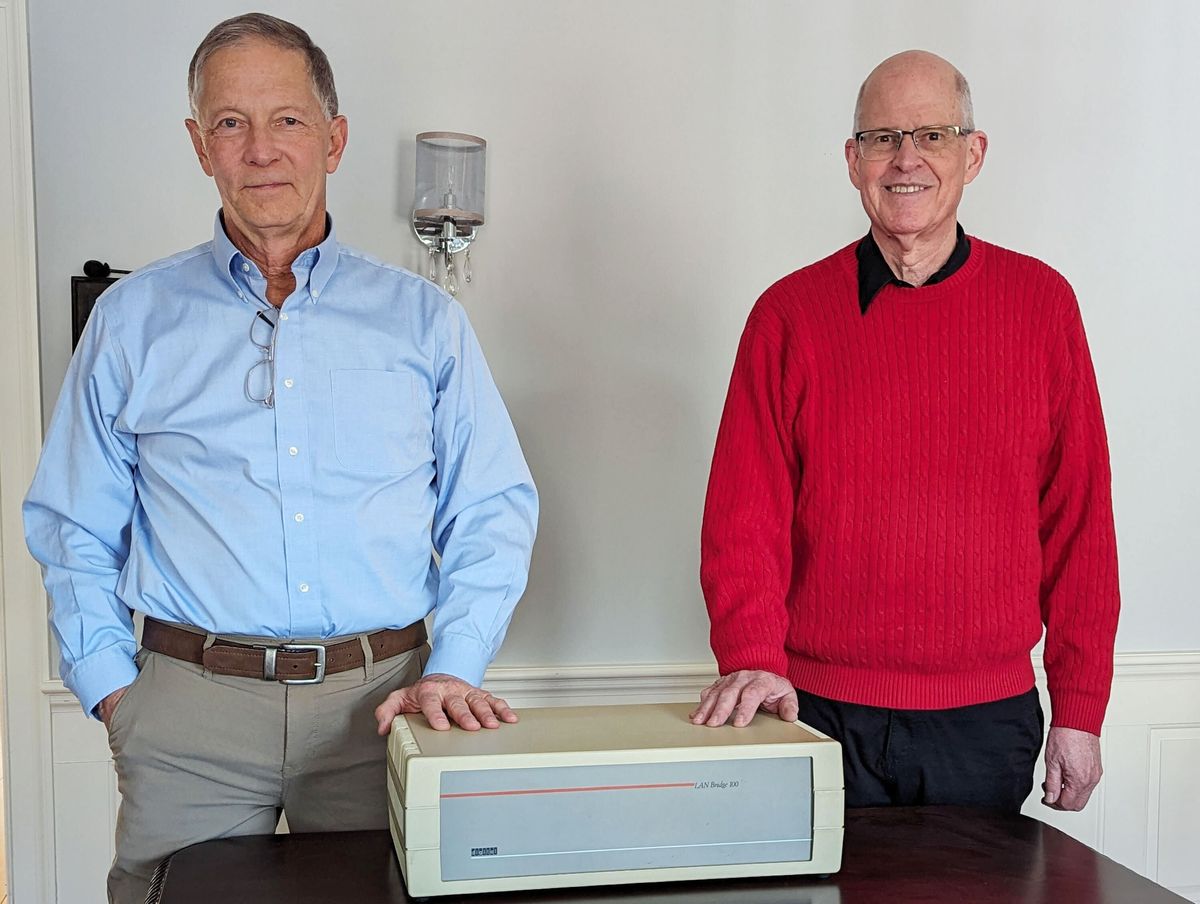Around the globe, telecom companies are placing bets on which technologies will define 5G, the next generation of wireless and cellular networks. Many have already published results from early lab tests and field trials. Now, executives are eager to move into real-world pilots and, gradually, to commercial deployments.
SK Telecom in South Korea, which has aggressively invested in 5G research, is considered an industry leader among carriers. The company serves 29 million customers, many of whom already receive some of the fastest and most reliable 4G coverage in the world. Those customers are densely packed into cities within a small country, which makes it easier for the company to deploy new equipment or upgrade its existing network.
Competitive forces are also at work. One of SK Telecom’s fiercest competitors, KT Corporation (formerly Korea Telecom) has pledged to launch 5G service in time for the upcoming Winter Olympics in South Korea; it was named the official telecom sponsor of the games, which will kick off in February 2018.
Last week at Mobile World Congress, Jong Han Park, a manager at SK Telecom’s 5G Tech Lab, spoke with IEEE Spectrum about the company’s outlook for 5G in 2017 and beyond. Park says that by the end of the year, SK Telecom will launch a 5G trial that will move out of the lab and into the real world, so that customers can directly experience new 5G service.
Anyone who follows 5G knows that SK’s plan could mean a lot of different things. Unlike the 4G LTE networks that many people primarily rely on for cell service today, 5G, engineers hope, will be used in many other ways.
SK Telecom’s first real-world trial could be to provide service for connected cars. It might bring fixed wireless access to people’s homes. Or it may deliver faster mobile service to smartphone customers. Right now, SK Telecom itself doesn’t even seem to really know. Park says the company is still working out the details, and that these possibilities “are all candidates” for the trial.
During the interview, he also hinted that early 5G service in South Korea might look very different from the first deployments planned in the United States and elsewhere. Those U.S. deployments will primarily involve fixed wireless access, in which Internet service is beamed over the air from a base station to an antenna in someone’s home.
Instead of going that route, Park says SK Telecom will take cues from its customers, who may prove most interested in paying for applications such as livestreaming virtual reality or using telepresence features. It's not yet clear how many customers might have access to the company’s 2017 trial.
“We think fixed wireless access is one of the services, but we call 5G a mobile network service—just like 4G,” Park says. “Without a mobile network, it’s not 5G. So we are thinking of mobility as one of the keys, even in the very initial phase of developing 5G trial services.”
Since international standards for 5G are still being set, any technologies used in the company’s 2017 trial will be considered pre-standard. SK Telecom intends to feed the results into the standards-setting process for 5G New Radio, the term for the new radio-to-air interface that will someday appear on base stations and wireless devices.
Park says his company will model the trial on the latest developments around 5G New Radio, which is scheduled to be more narrowly defined this year by the 3rd Generation Partnership Project. Once standardization is complete, Park estimates SK Telecom will need one year to test any new technology before it can be deployed, and he hopes to be ready to commercialize at least some 5G services in 2019.
Park says that one of the key 5G technologies that SK Telecom is developing is network slicing—a virtual technique that allows carriers to split up their network into more specialized pieces that can provide specific services.
For example, connected cars will most likely require a network with a lot more redundancy than tiny sensors that occasionally transmit data from a factory floor. With network slicing, a carrier would be able to reserve part of its network for cars, and another part for sensors—without risking interference between the two.
Park says this approach will enable SK Telecom to divide its network into “micro-functions” that it can offer to clients depending on their needs, instead of designing one massive 5G network to serve everyone. “The future network will be a lot more programmable than it is today, and a lot more dynamic,” he says.
Last year, SK Telecom announced that it was teaming up with Ericsson and Qualcomm on a 2017 trial for the yet-to-be-defined 5G New Radio, and shared information on some of the technologies the partners intend to test. They will start with MIMO, or multiple input multiple output, which is a fancy way of saying adding more antennas that can work together to both transmit and receive signals.
In addition to MIMO, they will also use a modulation technique known as orthogonal frequency-division multiplexing (OFDM) that is already common in Wi-Fi. With it, a data stream can be diced up and transmitted over several channels on different frequencies at once.
During Mobile World Congress, SK Telecom and Samsung also demonstrated five-band carrier aggregation on LTE-Advanced, which is a technique that borrows unused spectrum from other carriers in order to build larger bandwidths and deliver higher data rates to customers than would be possible if a carrier were to use their own spectrum exclusively. Park called this “a step towards 5G.”



